thejoyofscience
An assortment of scientific things from the wonderful world of biology
77 posts
Latest Posts by thejoyofscience
My blog is a private thing that is open to everyone in the world except to the people I know in real life.
protestants: god is not an absent father! talk to god like a friend! god is always with you! bring your problems to god, no matter how small! it’s not at all weird to call god “daddy!”
catholics: god is far too important to give a fuck about your lost keys or your algebra exam. please address your petty concerns to one of god’s ten thousand holy secretaries. if it’s really important, consider asking his mom.


Menstruation products* but yeah real safety would be making them free as they should be 🙃
Me whenever I see a corporate ad trying to say “we’re all in this together”:









Journey to the Microcosmos- The Complicated Legacy of Lynn Margulis
Images originally captured by Jam’s Germs
chappelle-“remember bitch you clicked on my face”
of course i did...that’s cuz you used to be funny

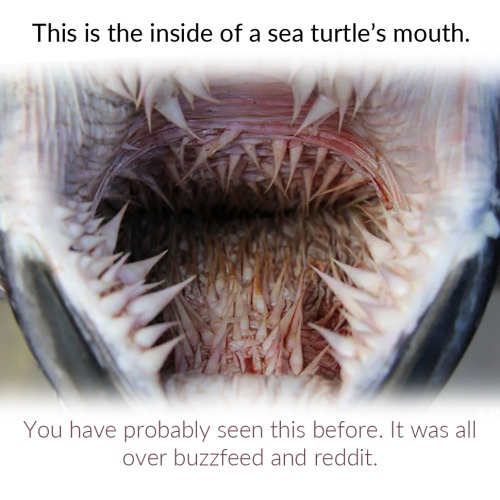
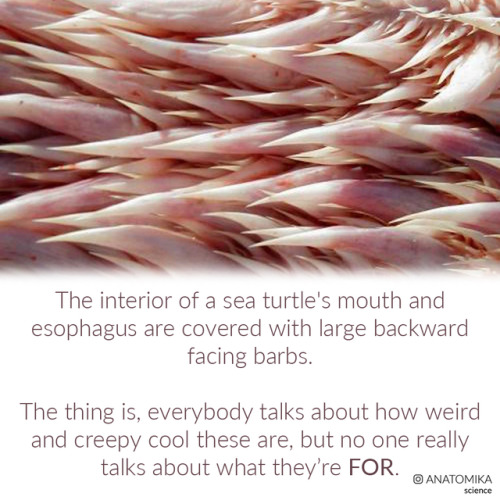
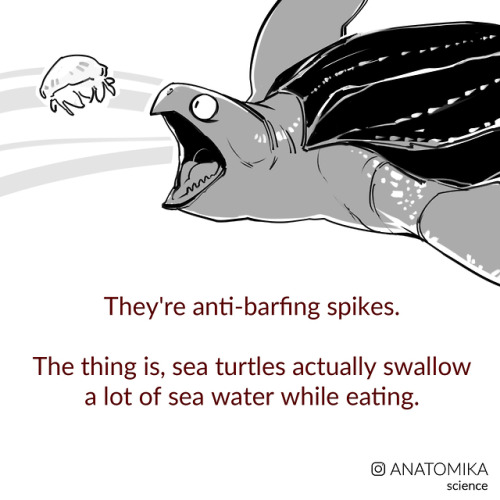
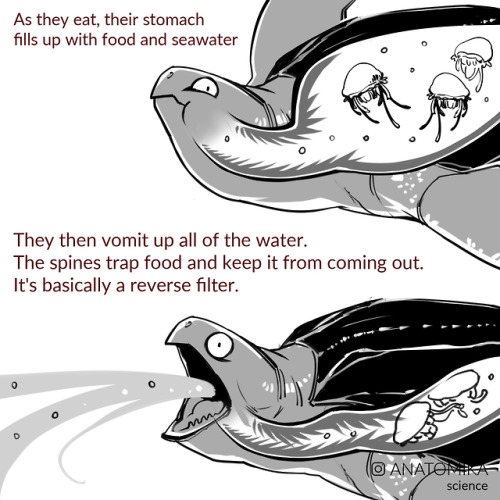
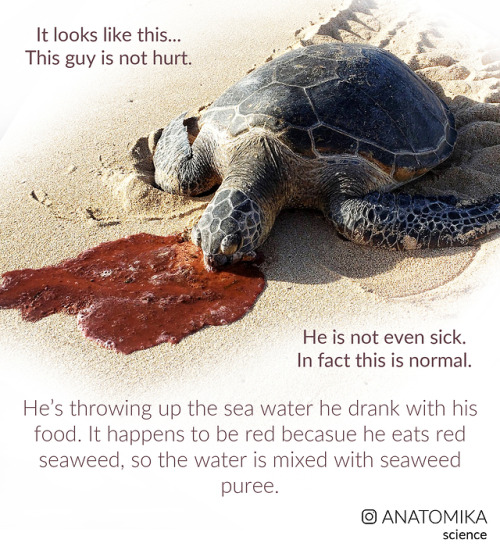
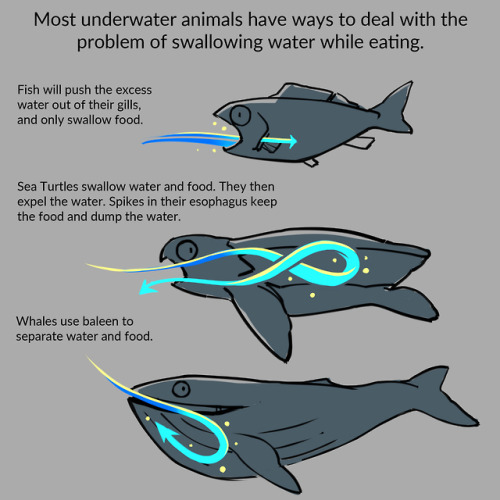
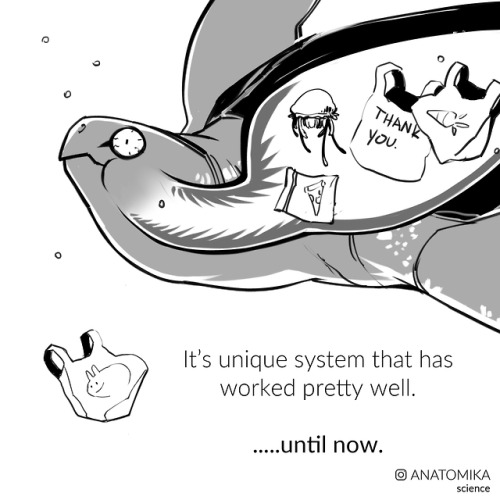
ANTI-BARFING SPIKES.
This is why they have such a problem with plastic bags. It’s because the unique structure of their esophagus makes it so that they can’t get rid of them.
Other places to see my posts: INSTAGRAM / FACEBOOK / ETSY / KICKSTARTER
My best friend is defending next month, and he has decided to dedicate his thesis to his son and daughter (who are cats) and to his godson (who is my cat). I will never be sad again. This has cured all that ails.






It was an honor having our guests speakers at our #Immunotherapy Symposium, including Nobel Laureate James Allison #BioLegend

Augochlora pura (Pure Green Augochlora) | Feb 2019 | copics, micron pen, colored pencils



the himalayan monal is a large member of the pheasant family found in parts of asia. while during the breeding season they mainly stay in pairs, in winter they form small communities and roost together. they feed on grasses, insects, seeds and berries. they are known for their vivid iridescent plumage, particularly colorful for a pheasant. x

Monochrome image of a victorian butterfly tongue captured by Gregg Kleinberg with a Paxcam microscope camera under the microscope at 400x.

I just read that bees don't have lungs how do their respiratory system works??
Correct. Insects do not have lungs they breathe through spiracles (tiny openings) that can open and close, as well as having filters to keep dust and other external contaminants out.

The spiracles run across their abdomen connecting to tracheae which is where oxygen exchange takes place (In mammals this happens in the blood), that then connect to tracheole. The air sacs expand and collapse so force the air in the spiracles and into the trachea and almost function in that they can reserve air in them so insects can conserve water.

Honey bees have 10 pairs of spiracles, 3 pairs on the thorax and 7 pairs on the abdomen. Bees can use and accelerate the passage of air in their bodies via their air sacs, contacting them and increasing their respiration rate.
This adaptive function of their respiratory system actually helps them to fly and the first few spiracles are used for air to exit while the others for air entering, they also have valves to prevent backflow. This also allows the bee to cool down or heat up if it needs to, which is why you’ll see bees abdomens wiggling while they’re resting. They’re forcing air in and out of their bodies in order to rapidly cool down or heat up, which is important for flight.

This is probably silly, but would you mind breaking down the genders of bees in the hive and some of the roles the various genders take on? I've heard mixed things about what gender drones are, males dying immediately after sex with the queen (?), and I'm wondering how and when the hive produces another queen! Thank you so much, your patience and knowledge are hugely appreciated. Also, are there any cool insects that can change sex like frogs and fish occasionally can?
There is no such thing as gender in animals besides humans and gender roles aren’t based on anything other then misogyny and they don’t exist within animals.
What you’re specifically asking about is called castes, and your typical eusocial species of bee such as a honeybee have three castes; workers, drones and a queen.

A queen’s function within the hive is to lay eggs, while a drones only purpose is to mate. The workers are tasked with every other role within the colony including cleaning, disposing of the dead or diseased, nursing, guarding and protecting the hive, foraging for pollen and nectar, and so on.
The queen lays two types of eggs; haploid (half the amount of chromosomes which is 16 in bees) and diploid (both sets of 32 chromosomes) eggs. The haploid eggs become drones meaning that they have no fathers, this is a type of parthenogenesis called arrhenotoky.
The normal diploid eggs (chromosomes sets from the queen + one of the drones that mated with her) can become either workers or a new queen. Every single diploid egg has the potential to become a queen. It is diet in the larval stage that determines if the egg will be a queen or a worker.
The workers will create a new queen themselves by building a specific brood comb called a queen cup, once the old queen has laid an egg in them, the workers will begin feeding them entirely on royal jelly: a secretion from the hypopharynx of nurse worker bees while larvae that will become workers are fed some royal jelly but mostly a mixture of pollen and nectar called bee bread. Because the royal jelly is so protein-rich it provides the future queen larvae with the energy to develop into a sexually mature females.

Once the queen emerges from her cell fully-mature she will seek out other recently hatched virgin queens and unemerged queens and killed them as they are rivals: there can only be one queen after all. When the virgin queen is the sole survivor she’ll then leave the hive for the first (and often the last and only time) for her mating flight. Bees mate on the wing, so swarms of drones will chase after her competing for the chance to mate with the single queen, these are called drone comets.
If a drone is lucky enough to mate with the queen, he’ll insert his penis into her before it is torn off (and often left inside the queen). This causes the drones to fall to the ground and die shortly after. The queen will mate with multiple drones sporing their sperm inside an organ called the spermatheca in which she uses to fertilise and lay her eggs.
Here’s a queen with the penis of a drone still plugged inside her, otherwise known as the mating sign.

Not all drones get this chance to mate, and often die outside the hive because they’re evicted for reasons like lack of resources, the hive not being healthy / strong, or it’s the end of the bee season going into winter. Drones are relatively expendable within the hive and are useless at feeding themselves so they die pretty quickly.
Hitchhiking bacteria might help their host navigate via magnetic fields
Deep in the mud of the Mediterranean Sea, scientists have caught microscopic protists dancing to a strange beat—the beat of Earth’s magnetic fields. Now, a new study reveals how these tiny clusters of cells orient themselves along those fields: by letting magneto-sensing bacteria hitch a ride on their outer membranes.
Researchers used microscopes to examine protist-packed sediment taken from the bottom of the Mediterranean Sea near Carry-le-Rouet, France. When they placed a magnet with its north pole facing a water droplet from the sediment, the hundreds of protists inside immediately began to swim toward the droplet’s edge. When the researchers reversed the magnet so its south pole was facing the droplet, the protists fled in the other direction (above).


“What’s that on the beach?!"
Monterey Bay beachcombers and divers were treated to a huge bloom of salps this weekend! Salps are gelatinous filter-feeders that drift with and feed in the plankton. Wind and waves sometimes blow these open-ocean emissaries onshore by the thousands, a feast for fishes, invertebrates—and for the eyes of curious naturalists!
There were several species of salps in this weekend’s bloom, including these in the genus Salpa. Salps do not sting—in fact, they’re more closely related to fishes and people than they are to other "jellies”! The brown/orange orb is the salp’s gut. Pumping muscle bands push water from one end of the animal to the other through an internal plankton-pasta strainer.
Salps have an incredibly successful reproductive strategy, allowing them to explode in numbers when conditions are right. Ready? Here we go: Salps can be found as solos, or as a chain of dozens of individuals attached together. Same species, two different body morphs. The solos produce the chain asexually, and the individuals in the chain are all clones.
OK, still with us? The next part is a doozy: A young chain is female, and each female clone produces another solo salp from an egg that is fertilized by older male chains. The older male chains are female chains that changed sex as they aged—this is called sequential hermaphroditism. This whole process allows salps to produce new generations at an incredible rate, to take advantage of fleeting oceanic conditions. Phew, we did it!
Salps are thought to have an outsized effect on the flow of nutrients in the ocean’s food web. Because their fecal pellets sink, salp poop delivers vital nutrition from the ocean surface to the deep seafloor, and helps take carbon from the atmosphere to the deep, which helps regulate the planet’s climate. Spent salps from these huge blooms become food for countless organisms throughout the water column. Certain deep sea communities may even depend on these ephemeral feasts to survive in the desert of the abyssal plain, according to research by our colleagues at the Monterey Bay Aquarium Research Institute (MBARI).
This weekend’s salp bloom is a jiggly reminder of the vast community of gelatinous drifters—the gelata—that drift in the open ocean, connecting the surface to the deep and adjusting the Earth’s energy flow, unseen by most until a chance encounter on the shore.
Photo: Charles Schrammel Gif: Alison Smith

Pelvic Pain Research

Research link: https://wils9231.wixsite.com/website-1?fbclid=IwAR3dJS6LwJSbiTw3KE9D0nU-N81CQfHPrEfr52EWvk9i6sVqx8HScDSZLpA


Colleen Conway-Welch (1944-2018) was an American nurse, known for her public health advocacy and numerous projects. She served as Dean of the Vanderbilt University School of Nursing for almost 30 years.
She received her doctorate from New York University and went on to work in various hospitals and universities throughout the United States. Under her leadership at VUSN, the university introduced an accelerated master’s programme and a PhD programme. She was named a Living Legend by the American Academy of Nursing.

Sofia Ionescu (1920-2008) was a Romanian neurosurgeon, thought to be one of the first female neurosurgeons in the world.
She studied medicine in Bucharest, and in 1943 became part of the first team of Romanian neurosurgeons. She continued practicing the profession for almost five decades and received numerous awards for her lifesaving work.
science side of tumblr tell me why
ain’t nothin but a heartache

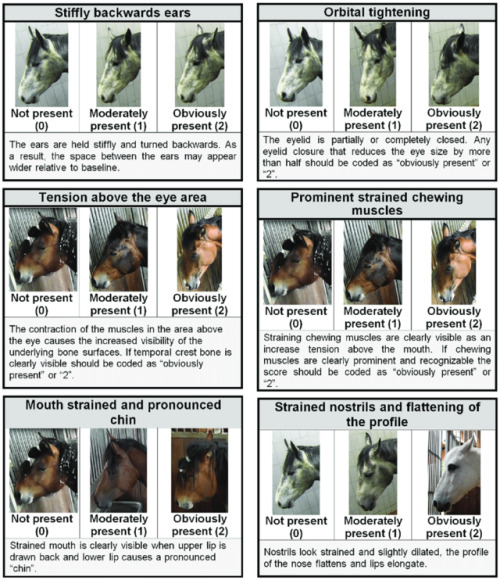

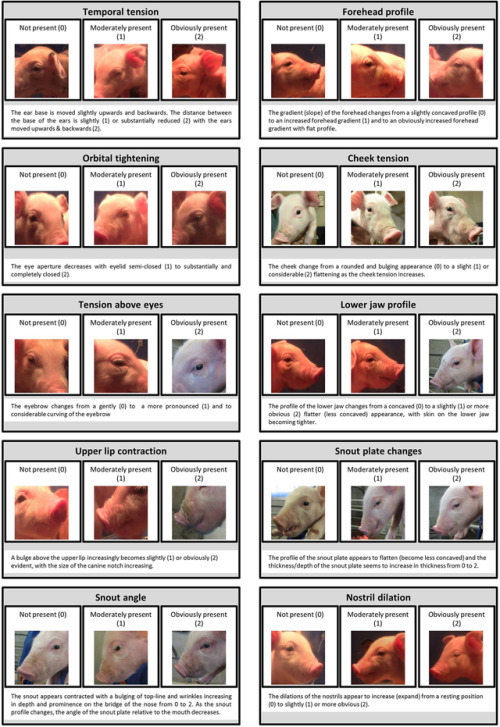



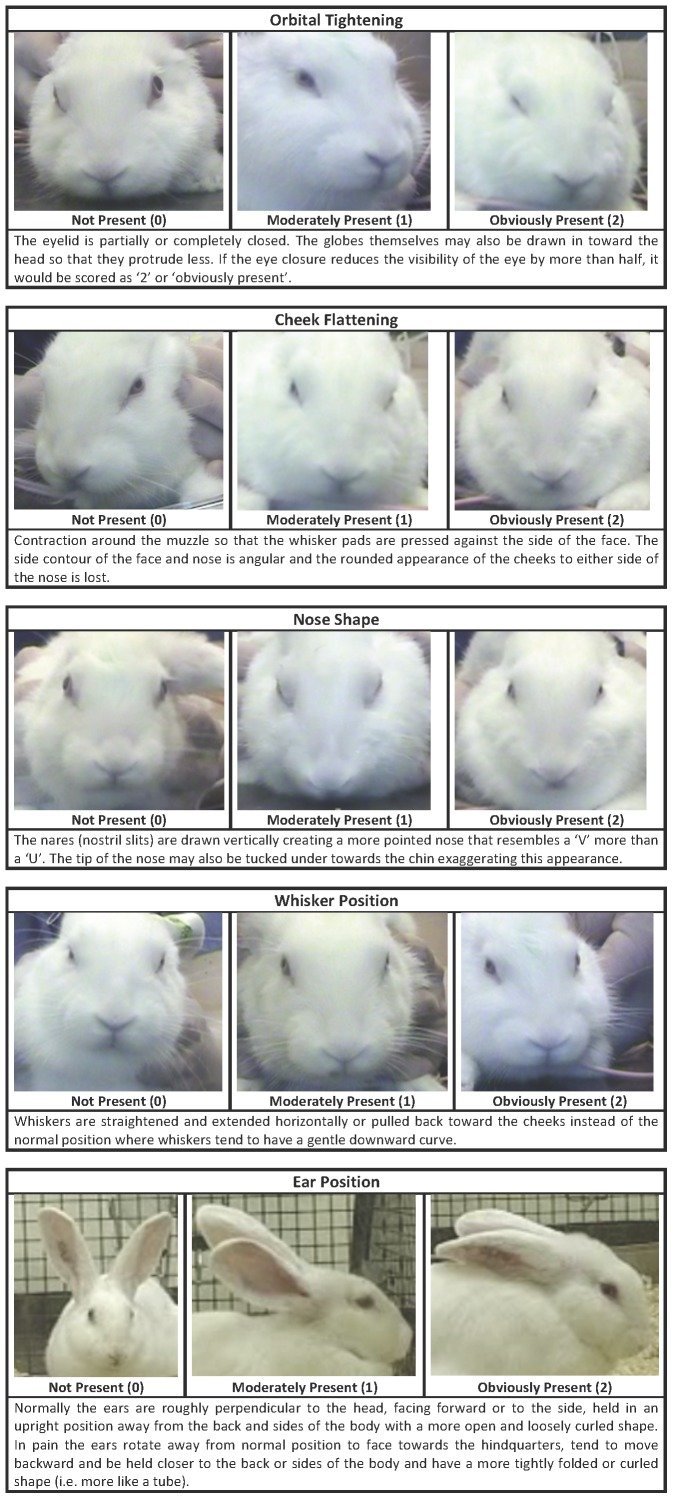

Recognising silent acute pain in animals - assorted species grimace scales:
Development of the Horse Grimace Scale (HGS) as a Pain Assessment Tool in Horses Undergoing Routine Castration
The composition and initial evaluation of a grimace scale in ferrets after surgical implantation of a telemetry probe
The Assessment of Facial Expressions in Piglets Undergoing Tail Docking and Castration: Toward the Development of the Piglet Grimace Scale
The Sheep Grimace Scale as an indicator of post-operative distress and pain in laboratory sheep and the Coding and quantification of a facial expression for pain in lambs
Mouse - How to be a pain management advocate for exotic and zoo animals (full text available - includes additional species)
The Rat Grimace Scale: A partially automated method for quantifying pain in the laboratory rat via facial expressions
Evaluation of EMLA Cream for Preventing Pain during Tattooing of Rabbits: Changes in Physiological, Behavioural and Facial Expression Responses
Pain evaluation in dairy cattle
Pain is subtle - we cannot depend on vocalisations or extreme abnormal behaviour to determine if an animal is on pain - animals can cover up pain while going about their daily life. Grimace scales have been found to be reliable indicators of pain (full text available)
Unfortunately, I could not find a clear visual grimace scale for dogs, cats or birds :(
Which is a shame, because perhaps I could have recognised my own dog’s discomfort for the acute pain it was sooner:

(left: dog in pain. See eyes, tension, cheeks, whiskers, ears compared to the multiple species grimace charts above. right: tired but not in pain dog)
Perhaps my new books that arrived today might have some on dogs at least. There’s this visual blog post of a stressed dog at the vet - stress in the absence of a trigger looks very much like pain.
Here is a small comparative cats, with the link going into more detail. Not a scale but better than nothing:


Bonus round - you can get free A3 posters on recognising pain for Rabbits, Mice and Rats from the National Centre for the Replacement, Refinement and Reduction of Animals in Research. My rabbit specialist vet has the rabbit one!
There was a sensitive pragmatic question which needed to be answered, however. To put it bluntly: Was Arya going to be naked on camera? Many cast members have appeared nude on the show, though typically signed on when they were at least 18 years old (and often agreed to nudity as part of their deal). The 22-year-old Williams joined Thrones when she was 11 and has grown up in front of fans. Williams says the showrunners let her decide precisely how much to show. “David and Dan were like: ‘You can show as much or as little as you want,’” Williams says. “So I kept myself pretty private. I don’t think it’s important for Arya to flash. This beat isn’t really about that. And everybody else has already done it on the show, so…”
Still, when it came time to film the encounter, Williams had to be naked-ish on set, and that was a naturally a bit awkward. “In the beginning, everyone was really respectful,” she says. “No one wants to make you feel uncomfortable which kind of makes you feel more uncomfortable, because no one wants to look at anything that they shouldn’t look at which in turn makes you feel like you look awful because everyone is kind of like—” [Williams averts her eyes]. “You want people to act more normal.”
Continues Williams: “Then [the scene] was rushed. We were [directed by] David Nutter, who has a habit of speaking fast anyway. By the end we’re rushing to finish the scene and David is going, ‘Okay, you’re going to come in and do this and do that and, great, take your top off’ — and then walked off. And I’m like … ‘Okay. Let’s do it.”
Dempsie suggested the experience was strange for him too for given how long he’s known Williams, who’s about a decade younger than him. “It’s obviously slightly strange for me because I’ve known Maisie since she was 11, 12 years old,” says the 31-year-old actor. “At the same time, I don’t want to be patronizing toward Maisie — she’s a 20-year-old woman. So we just had a lot of fun with it.”
But Williams says what’s most important to her about Arya’s battle-eve night of romance wasn’t reading the scene or even filming it, but rather what this moment meant for her character. Year after year, Arya has been laser-focused on survival and training and revenge. Being with Gendry meant that, for one night at least, Arya had an experience that put her back in touch with her humanity.
“It was really interesting because it’s a very human relationship for Arya,” Williams says. “This is something she’s stayed away from, an emotion we’ve never really seen her engage with. David and Dan were like, ‘It’s the end of the world, what else would you have her do?’ This may be is a moment where Arya accepts death tomorrow, which she never does — ‘Not Today.’ So it was that moment where she says, ‘We’re probably going to die tomorrow, I want to know what this feels like before that happens.’ It’s interesting to see Arya be a bit more human, speak more normally about things people are scared of.” — Maisie Williams discusses Arya’s surprise Gendry scene

drowning in that lovin gendrya and braime juice



